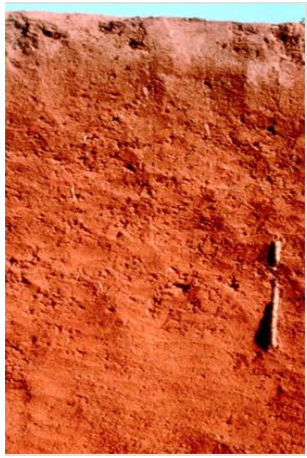How much water is on Earth and how does it circulate between the ocean, the atmosphere, and the land?
About 1.37 billion cubic kilometers (329 million cubic meters) of water exists at Earth's surface, the vast majority (approximately 97%) in the ocean. About 1.8% is bound in glaciers and the great ice caps of Greenland and Antarctica. Only about 0.64% is fresh, temporarily residing in rivers, lakes, wetlands, and below the surface as groundwater. Water is in constant motion, circulating between the ocean, the atmosphere, and the land.
?
This water cycles continuously. The hydrologic cycle, as the process is called, is powered by solar radiation (with a small assist from geothermal energy). Water vapor rising from the sea surface condenses into clouds and forms rain and snow. About 80% of this precipitation falls back into the ocean, and the 20% that falls on land eventually finds its way there after spending various amounts of time moving through plants, masses of ice, sediments, and streams.
You might also like to view...
Suppose a west wind of 20 knots blows over a coastal region that is densely covered in shrubs. Which of the following describes the same wind's likely speed and direction if it moved over the middle of a large, calm lake?
A. greater than 20 knots and more southwesterly B. greater than 20 knots and more northwesterly C. less than 20 knots and more northwesterly D. less than 20 knots and more southwesterly
The soil shown in the photograph below has a reddish tint, which may mean that

A) it has abundant aluminum and/or iron oxides.
B) it contains abundant organic matter.
C) it has been waterlogged at some point.
D) there are salts or other minerals that have been deposited by the evaporation of water.
In a cap-and-trade program,
A) companies that exceed emission caps must agree to do better the following year. B) a company that does not reach its GHG cap pays taxes at a higher corporate rate. C) all companies pool their resources and try to stay under a collective cap. D) a company that does not reach its cap can sell credits to companies that exceed the caps.
A low-velocity flow over a smooth stream bed produces a
A) turbulent flow. B) churning action. C) laminar flow of individual particles. D) extreme traction.